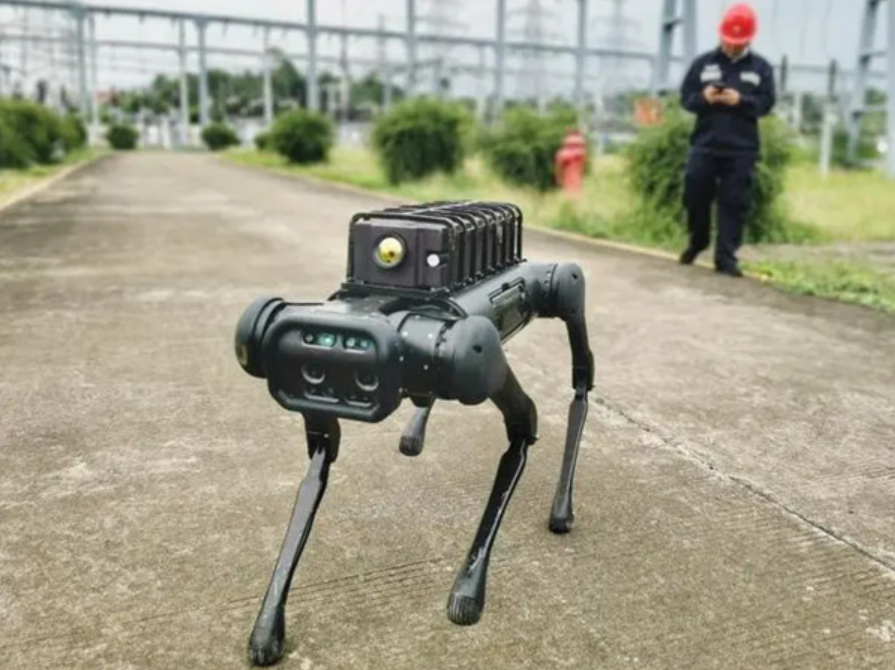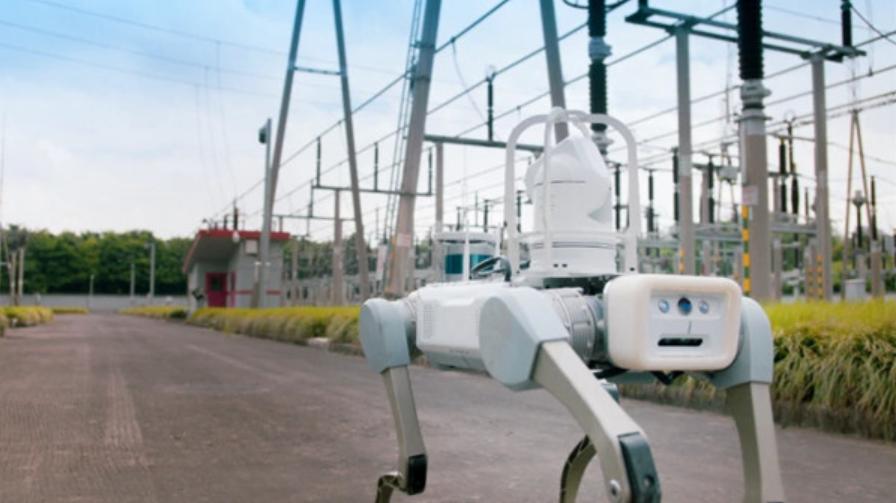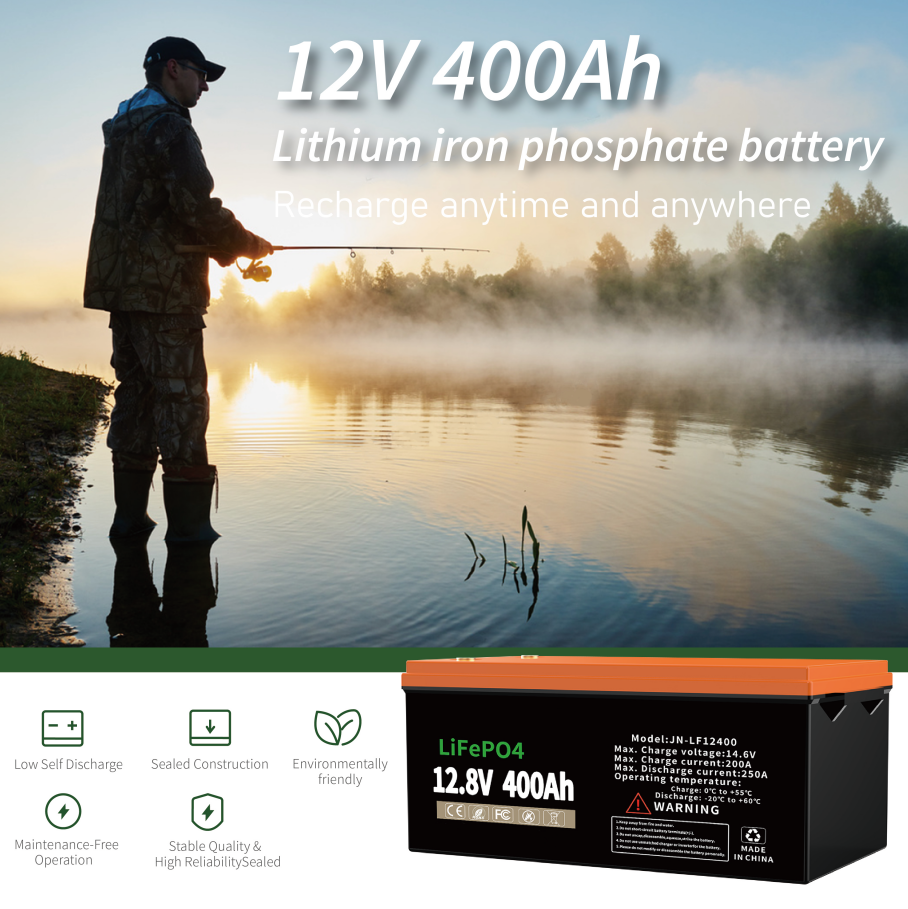Quadruped robots are robots with four or more legs, usually used to perform tasks that require walking on uneven surfaces. They can simulate the gait and behavior of animals, such as dogs, bears, snakes, etc., so quadruped robots need batteries to provide power support for them, but why do quadruped robots use high-rate batteries? To understand why quadruped robots use high-rate batteries, we first need to understand what fields quadruped robots are used in?
What fields are quadruped robots used in?
The application fields of quadruped robots include rescue, special, medical, exploration, mining, etc. For example, they can be used to detect earthquakes, search for missing persons, perform surgery, explore underground mineral deposits and other tasks.
1. Rescue field: Quadruped robots can perform rescue tasks at disaster sites, such as searching for trapped people and clearing ruins. They can move freely in complex terrain without being restricted by terrain. At the same time, they can also replace humans in dangerous environments to perform tasks, improving rescue efficiency and safety.
2. Special fields: Quadruped robots can play an important role in special fields, such as reconnaissance, investigation, attack, etc. They can move freely on the battlefield without being restricted by terrain, and can also perform some dangerous tasks to reduce the risk of casualties.
3. Medical field: Quadruped robots can play a role in the medical field, such as carrying patients and monitoring patients’ vital signs. They can move freely in the hospital, reducing the workload of medical staff, and at the same time improving the efficiency and quality of medical services.
4. Exploration field: Quadruped robots can play a role in the exploration field, such as exploring unknown areas and surveying mineral resources. They can move freely in harsh environments without being restricted by terrain, and can also collect a large amount of data and samples.
5. Industry and logistics: These robots can perform various tasks in industrial environments, such as transporting goods, inspections, and handling operations. They can adapt to various terrains and environments.
Why do quadruped robots use high-rate batteries?
Quadruped robots usually need to use high-rate batteries, mainly because these robots have a high demand for high power output of batteries. Here are a few reasons:
1. Power demand: The movement of quadruped robots consumes a lot of electricity. The movement of quadruped robots includes walking, running, jumping, etc. These movements require the robot’s motor to provide sufficient power. High-rate batteries can provide higher current output to meet the robot’s high power needs and ensure that the robot can move freely. Quadruped robots usually need to perform various dynamic movements, such as rapid acceleration, turning or climbing. These movements require instantaneous high power to meet the needs of the robot. At this time, high-rate batteries can release the required power faster.
2. Maintaining balance and stability: Maintaining balance is crucial for quadruped robots. In different dynamic movements, the robot needs to quickly adjust and control each joint to maintain stability. High-rate batteries can provide fast-response power support to help the robot maintain balance.
3. Fast response needs: Quadruped robots need to respond quickly to external environments or user commands when performing various tasks. High-rate batteries can provide higher current output, which helps robots execute commands more quickly.
4. High-performance sports tasks: Some quadruped robots may need to perform high-performance tasks, such as jumping, running fast, etc. These tasks put forward higher power requirements for batteries, and high-rate batteries are needed to support such high-intensity movements.
5. Weight limit: Quadruped robots need to have good maneuverability and balance. High-rate batteries usually use lithium polymer batteries or lithium-ion batteries, which have high energy density and light weight. In contrast, traditional nickel-metal hydride batteries or lead-acid batteries are bulky. Using high-rate batteries can reduce the overall weight of the robot and improve the robot’s carrying capacity and movement speed.
6. Endurance: High-rate batteries can provide higher energy density, that is, batteries per unit capacity can store more electrical energy. Quadruped robots often need to complete a series of tasks within a certain period of time, such as patrolling, search and rescue, etc., which requires the robot to have a longer endurance. High-rate batteries can store more electrical energy, extend the robot’s service life, and improve work efficiency.
7. Charging speed: High-rate batteries usually have faster charging speeds. The working time of the robot is often limited by the battery charging time. Traditional batteries charge slowly and take a long time to fully charge. High-rate batteries can be charged in a shorter time, reducing the robot’s idle time and improving work efficiency.
The above is an introduction to why quadruped robots use high-rate batteries. In short, high-rate batteries can meet the needs of quadruped robots in dynamic movement, maintaining balance, rapid response, and performing high-performance tasks, providing the required high power output and energy density. This type of battery can better adapt to the specific movement and behavior requirements of the robot. The quadruped robot chooses to use high-rate batteries to meet its high power requirements, extend battery life, reduce weight, and increase charging speed. High-rate batteries can provide enough power and energy to enable robots to complete various tasks more efficiently.


